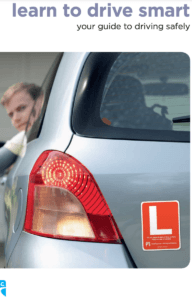British Columbia MOTORCYCLE PRACTICE TEST 2023
The British Columbia motorcycle test is designed to assess your knowledge of motorcycle safety rules and your ability to operate a motorcycle safely. Here’s an overview of what to expect:
Knowledge Test: You will need to pass a multiple-choice knowledge test that covers topics such as road rules, motorcycle safety, and traffic signs. You can study for the test by reading the British Columbia Motorcycle Operator Manual, which is available online.
Road Test: You will need to pass a road test that assesses your ability to operate a motorcycle safely on the road. The test will include a variety of maneuvers such as turning, stopping, and changing lanes. You’ll also need to demonstrate your ability to handle emergency situations such as quick stops.
Vision Test: You will be required to take a vision test to ensure that you meet the minimum vision requirements for operating a motorcycle.
Skills Test: You may be asked to perform specific motorcycle skills during your road test, such as weaving through cones or executing tight turns.
Before taking the motorcycle test, you must have a valid Class 6 learner’s license and have completed a certified motorcycle safety course. It’s also recommended that you practice riding and become comfortable with operating a motorcycle in a variety of conditions.
Remember, the goal of the motorcycle test is to ensure that you can operate a motorcycle safely on the road. So take your time, practice, and always prioritize safety when riding.
Frequently Asked Questions about British Columbia motorcycle Practice Test Online
- Study the British Columbia Motorcycle Operator Manual: The manual covers all the information you need to know for the motorcycle knowledge test, including road rules, traffic signs, and motorcycle safety. Make sure to read it thoroughly and take notes if needed.
- Take practice tests: Taking practice tests will help you familiarize yourself with the format of the actual test and identify areas where you need to improve. You can find practice tests online or through motorcycle safety course providers.
- Focus on areas of weakness: If you consistently get questions wrong in a certain area, focus your study efforts there. Spend extra time reviewing the information and taking additional practice tests in that specific area.
- Use visual aids: Using visual aids such as flashcards, diagrams, and videos can help you retain information better. They can also make studying more engaging and fun.
- Stay calm and focused: On the day of the test, try to stay calm and focused. Take deep breaths and try to relax before starting the test. Read each question carefully and take your time to answer. Don't rush or panic if you don't know the answer to a question, skip it and come back to it later if you have time.

